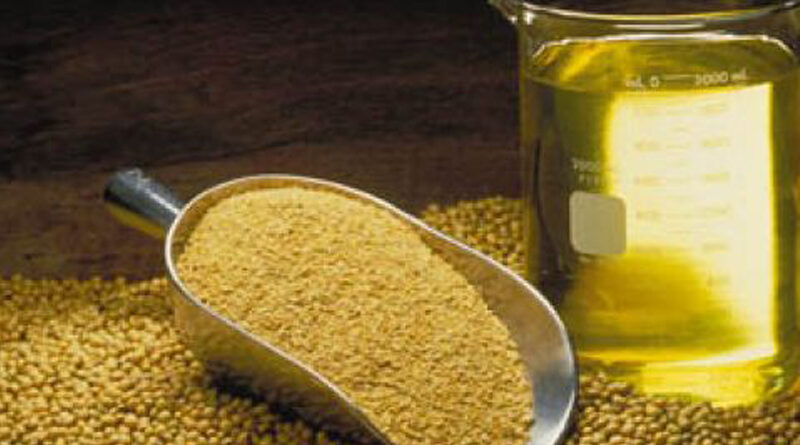Bangladesh: Raising domestic production of edible oil
By Syed Mansur Hashim
A recent finding by a UN body, the Food and Agriculture Organisation (FAO) depicts a disquieting picture of Bangladesh’s overdependence on import of edible oil consumed in the country. In its `World Food and Agriculture Annual Statistical Booklet 2023′ report, the FAO stated that the country is the third largest importer of food globally after China and the Philippines and its food product import stood at 12.5 million tonnes with the highest expenditure allocated to wheat, edible oil and milk powder.
Bangladesh, soybean oil remains the cooking oil of choice but affordability is responsible for consumption of more palm oil. It is the private sector that meets the huge demand. From reports published in this newspaper, it is evident that significant investments have been made by the leading companies in crushing soy seeds before using those in local refineries. Several companies have been involved with setting up of large grinding mills. There are companies that have mills that crush soy seeds with capacities as high as 7,800 tonnes per day (TPD) and today the domestic production of soybean oil has reached 30 to 40 per cent of total demand.
Despite these positive developments, there exists ample opportunity to cultivate soybean domestically on a large scale. For that to happen, policy initiatives are necessary to bring non-traditional land under cultivation, i.e. the coastal belts of Bangladesh as well as in other areas where chars (islets) that are emerging. According to an editorial published in this paper recently “annual production of soybean in the country amounts to 96,921 tonnes from 62,870 hectares at 1.54 tonnes per hectare — much lower than the world average of 2.79 tonnes/h”. Indeed, there is a lot of opportunity for growth here.
As per a study titled ‘Challenges and Opportunities in Crop Production in Different Types of Char Lands of Bangladesh: Diversity in Crops and Cropping’, co-authored by researchers from Banagabandhu Sheikh Mujibur Rahman Agricultural University, Bangladesh, Bangladesh Agricultural Research Institute, Northbengal Institute of Development Studies (NIDS), Bangladesh and Graduate School of Agriculture, Kyoto University, Japan, “Soybean was mostly grown in the coastal chars of Bangladesh and the yield of that crop was also at the acceptable level”. The Subarna char in Noakhali district and Lalmohon of Bhola district that constitute coastal chars of the Meghna River, have areas where soybean is cultivated during March to June. There are problems associated with limited irrigation facilities, low lift pump, lack of electricity and high diesel prices. But these are operational problems that have been dealt with by both the state and non-state actors in other parts of the country and can be mitigated if there was a proper national plan to bring these char lands under the aegis of soybean farming.
There is no scientific data to support if “established chars will last like permanent main land. Even the chars of older than 100 years may be eroded due to natural geo-hydrological activities”. Having said that, these islets exist in large numbers and are home to an estimated 5.0 to 10 million dwellers, most of whom sustain themselves on agriculture. Any government intervention here would have benefits reaching far beyond simply increasing soybean production but go a long way to aid in poverty reduction. The people who inhabit the char lands are some of the poorest and most vulnerable segments of the population.
As the economy is hemorrhaging due to a lack of foreign currency, policymakers need to face the fact that Bangladesh has to become self-sufficient in areas that can save the country precious dollars. This can only happen if import-substitution becomes a core policy in the government’s outlook. For too many decades, the mantra had been to import everything. No other country in the region is as import-dependent as Bangladesh. The land is there, the people are there and most importantly, technological advancement in the area of agriculture has been there for decades.
Bangladesh has a vibrant research culture when it comes to finding innovative ways to increase food production. Whatever technology it lacks, that can be brought from abroad. Better import technical knowhow to improve production domestically rather than importing beans that cost foreign exchange the country does not have in sufficient amount. Of course, the development of char lands will not happen in a day. But we have to start at some point of time and these things need to move so that some concrete policy directions can be found in the next annual development plan. The private sector has made a leap for larger production capacities, but it is the government that must come up with the policies that could potentially set the stage for transformation of these char lands into agriculture power houses.
This article has been republished from The Financial Express Bangladesh.

